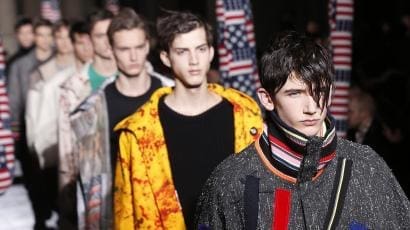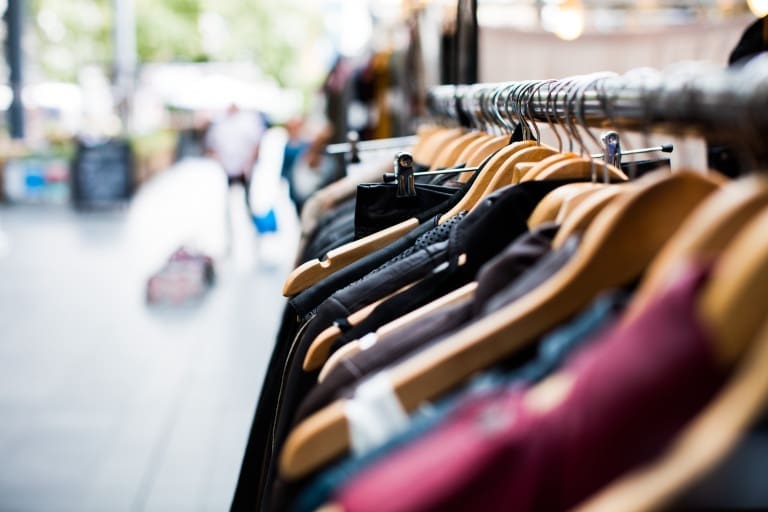Selling second-hand items is not only economical but also champions eco-friendly values. Rented, resold, recycled or transformed… clothes are being given a new lease of life, limiting the waste problem raging on a global scale.
A NEW GREEN CONSCIENCE
In the space of just a few years, green awareness has grown strongly, shaking up the textile industry in the process. While the sector is one of the most polluting in the world, ready-to-wear brands and major luxury houses are endeavouring to change their production methods and are now increasingly investing in an eco-friendly approach. An ethical fashion pioneer, Stella McCartney is now being followed by many designers, such as Armani, Loewe and Burberry.
CLOTHES AND THEIR COUNTLESS LIVES
More concerned about the negative impact that the textile industry has on the environment, buyers also seem ready to change the way in which they consume fashion. They are now looking for quality, innovative and eco-friendly products. According to a 2018 report by France Nature Environnement, we consume on average 60% more clothes than 15 years ago and keep them for half as long. A striking fact, bearing in mind that 600,000 tonnes of clothes are thrown away in France each year.
The booming market for second-hand items is therefore proving to be extremely lucrative. “The second-hand market for apparel is expected to double in the next five years to $51 billion,” highlights the agency Reuters. Incidentally, the number of new garments purchased in France saw a 2.9% drop in 2018. To meet this new phenomenon, websites selling second-hand clothes are multiplying on the web. Vide-Dressing, Vinted, Vestiaire Collective, Grailed, etc.: some focus their offering on a luxury segment, while others prove to be extremely advantageous in terms of value for money.
Resold or recycled, clothes are now able to enjoy several lives. Brands are even offering their own sales platform for second-hand clothing, such as Jacadi and its IDTROC service and H&M and its E-collect system. Last April, the & Other Stories brand (owned by the H&M group) launched a pilot project, aiming to sell second-hand clothing in collaboration with the platform Sellpy. “We see this as a growing part of the industry, with great opportunities both for consumers and not least for the environmental impact, and how we can drastically reduce that by extending product life,” stated Anna Gedda, H&M Head Of Sustainability. A minor revolution for the Swedish giant, which is aiming at only using sustainable materials by 2030.






